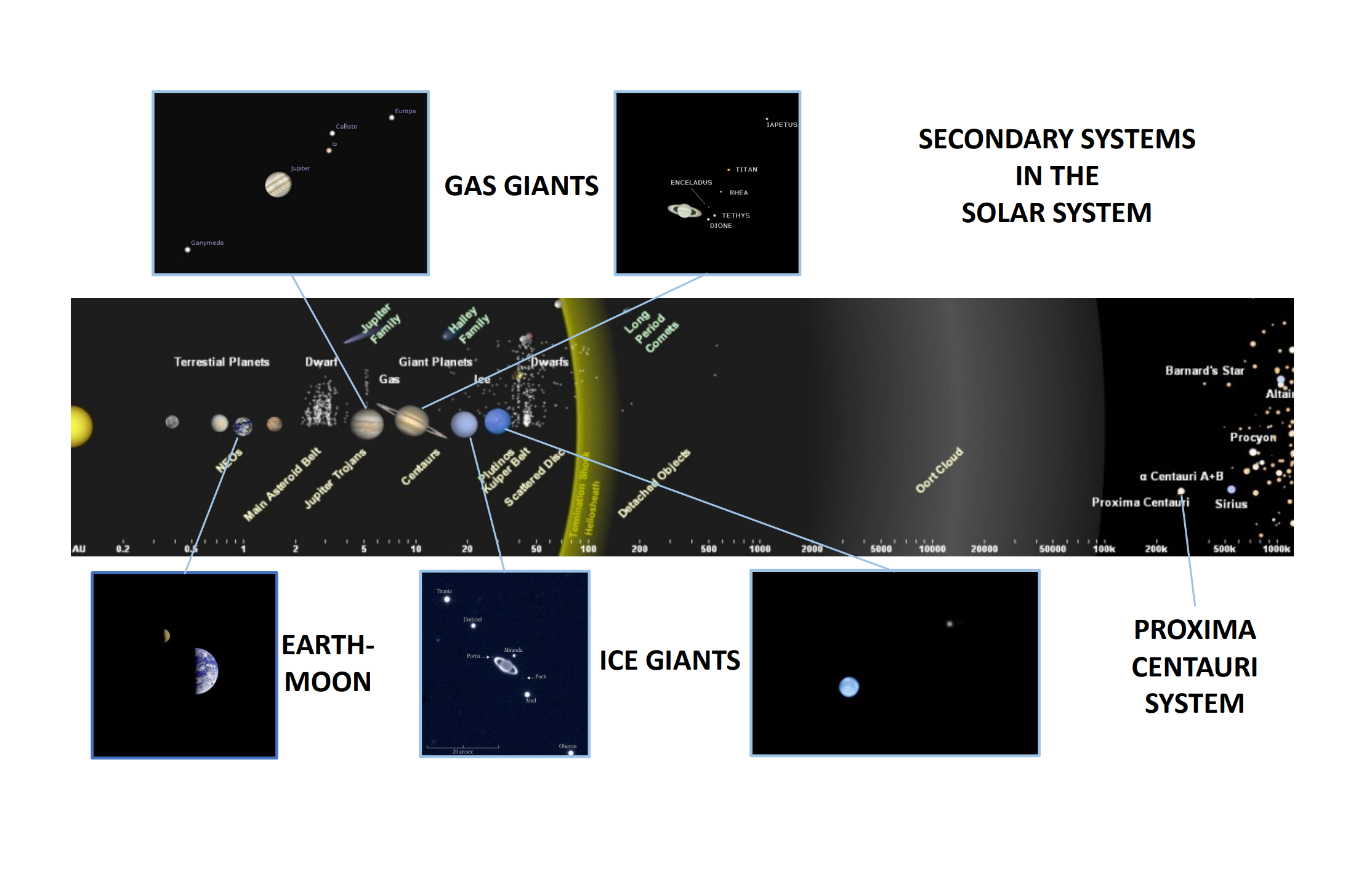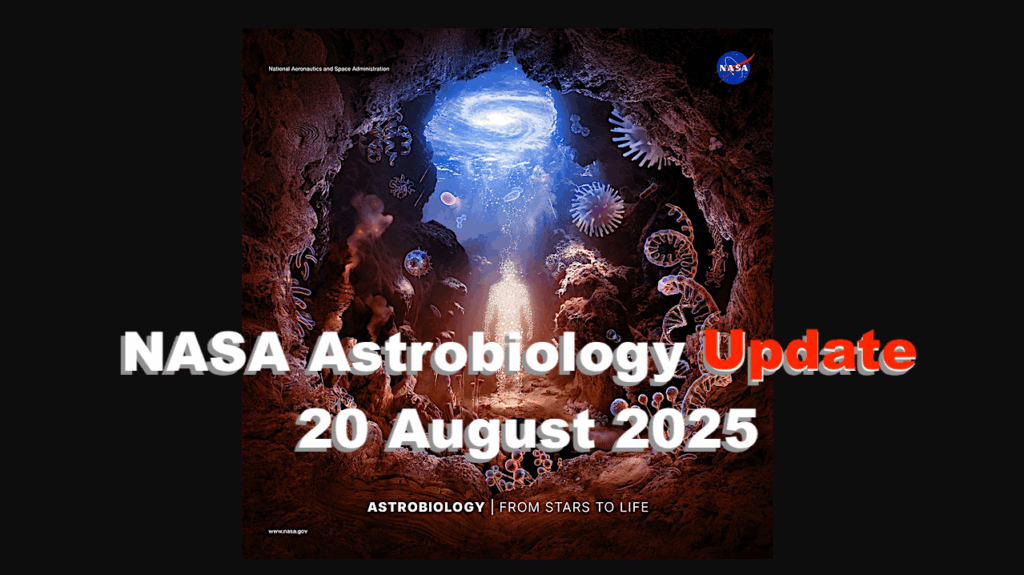Planetary Exploration Horizon 2061 Report, Chapter 3: From Science Questions To Solar System Exploration

This chapter of the Planetary Exploration Horizon 2061 Report reviews the way the six key questions about planetary systems, from their origins to the way they work and their habitability, identified in chapter 1, can be addressed by means of solar system exploration, and how one can find partial answers to these six questions by flying to the different provinces to the solar system: terrestrial planets, giant planets, small bodies, and up to its interface with the local interstellar medium.
It derives from this analysis a synthetic description of the most important space observations to be performed at the different solar system objects by future planetary exploration missions. These observation requirements illustrate the diversity of measurement techniques to be used as well as the diversity of destinations where these observations must be made. They constitute the base for the identification of the future planetary missions we need to fly by 2061, which are described in chapter 4.
Q1- How well do we understand the diversity of planetary systems objects?
Q2- How well do we understand the diversity of planetary system architectures?
Q3- What are the origins and formation scenarios for planetary systems?
Q4- How do planetary systems work?
Q5- Do planetary systems host potential habitats?
Q6- Where and how to search for life?
Véronique Dehant, Michel Blanc, Steve Mackwell, Krista M. Soderlund, Pierre Beck, Emma Bunce, Sébastien Charnoz, Bernard Foing, Valerio Filice, Leigh N. Fletcher, François Forget, Léa Griton, Heidi Hammel, Dennis Höning, Takeshi Imamura, Caitriona Jackman, Yohai Kaspi, Oleg Korablev, Jérémy Leconte, Emmanuel Lellouch, Bernard Marty, Nicolas Mangold, Patrick Michel, Alessandro Morbidelli, Olivier Mousis, Olga Prieto-Ballesteros, Tilman Spohn, Jürgen Schmidt, Veerle J. Sterken, Nicola Tosi, Ann C. Vandaele, Pierre Vernazza, Allona Vazan, Frances Westall
Comments: 107 pages, 37 figures, Horizon 2061 is a science-driven, foresight exercise, for future scientific investigations
Subjects: Instrumentation and Methods for Astrophysics (astro-ph.IM); Earth and Planetary Astrophysics (astro-ph.EP); Geophysics (physics.geo-ph)
MSC classes: 86-02
ACM classes: A.1; H.1.0
Cite as: arXiv:2211.04474 [astro-ph.IM] (or arXiv:2211.04474v1 [astro-ph.IM] for this version)
Submission history
From: Veronique Dehant M.A.
[v1] Tue, 8 Nov 2022 08:18:20 UTC (5,999 KB)
https://arxiv.org/abs/2211.04474
Astrobiology








